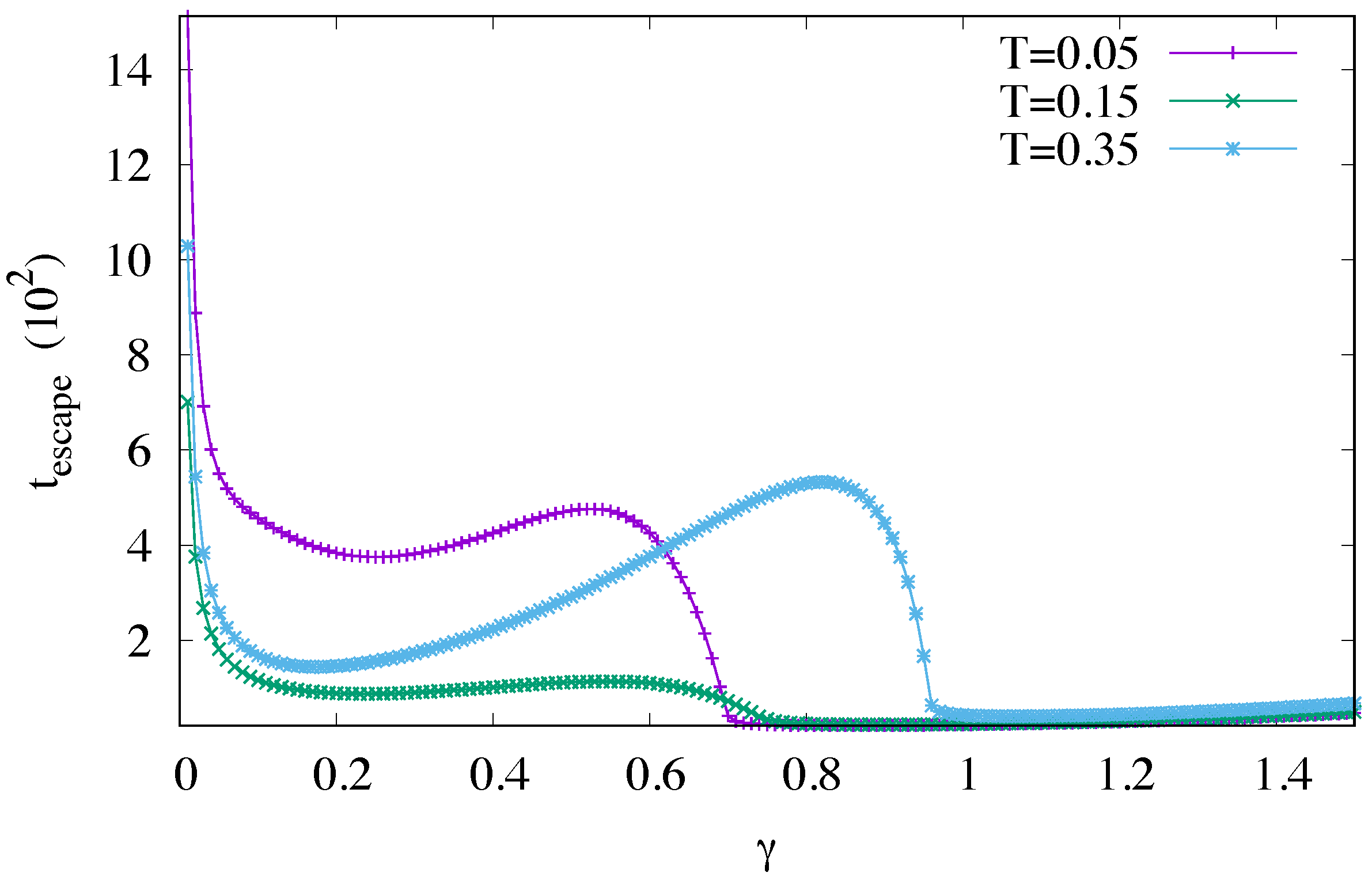

Hetrick, Dynamics of Nuclear Reactors, American Nuclear Society, 1993, ISBN: 3-2. Neuhold, Introductory Nuclear Reactor Dynamics, American Nuclear Society, 1985, ISBN: 9-4. Bezella, Introductory Nuclear Reactor Statics, American Nuclear Society, Revised edition (1989), 1989, ISBN: 3-2. Department of Energy, Nuclear Physics and Reactor Theory. DOE Fundamentals Handbook, Volume 1 and 2. January 1993. Robert Reed Burn, Introduction to Nuclear Reactor Operation, 1988.Physics of Nuclear Kinetics. Addison-Wesley Pub. Nuclear and Particle Physics. Clarendon Press 1 edition, 1991, ISBN: 978-0198520467 Nuclear Reactor Engineering: Reactor Systems Engineering, Springer 4th edition, 1994, ISBN: 978-0412985317 Stacey, Nuclear Reactor Physics, John Wiley & Sons, 2001, ISBN: 0- 471-39127-1. Baratta, Introduction to Nuclear Engineering, 3d ed., Prentice-Hall, 2001, ISBN: 8-1. Lamarsh, Introduction to Nuclear Reactor Theory, 2nd ed., Addison-Wesley, Reading, MA (1983). The fact that the absolute value of specific entropy is unknown is not a problem, however, because it is the change in specific entropy (∆s) and not the absolute value that is important in practical problems. For example, the specific entropy of water or steam is given using the reference that the specific entropy of water is zero at 0.01☌ and normal atmospheric pressure, where s = 0.00 kJ/kg. Normally, the entropy of a substance is given with respect to some reference value. In general, specific entropy is a property of a substance, like pressure, temperature, and volume, but it cannot be measured directly. Because entropy tells so much about the usefulness of an amount of heat transferred in performing work, the steam tables include values of specific entropy (s = S/m) as part of the information tabulated. M = mass (kg) T-s diagram of Rankine CycleĮntropy quantifies the energy of a substance that is no longer available to perform useful work. It equals to the total entropy (S) divided by the total mass (m). The specific entropy (s) of a substance is its entropy per unit mass. Engineers use the specific entropy in thermodynamic analysis more than the entropy itself. Entropy, the measure of a systems thermal energy per unit temperature that is unavailable for doing useful work. This is the essential formulation of the second law and one of the original forms of the concept of entropy.The entropy can be made into an intensive, or specific, variable by dividing by the mass. Must hold good for every cyclical process which is in any way possible. Quantitatively, entropy is defined by the differential quantity d S = δ Q / T J/K) used for entropy in the thermodynamic definition follow from a historical association with heat transfer under temperature gradients, in other words, the definitions of temperature and entropy are intertwined, with entropy being the more fundamental property. Thus for maximum entropy there is minimum availability for conversion into work and for minimum entropy there is maximum availability for conversion into work. The units of of energy over temperature (e.g. The increase in entropy is small when heat is added at high temperature and is greater when heat is added at lower temperature.
#ENTROPY UNITS FREE#
(Note the product "TS" in the Gibbs free energy or Helmholtz free energy relations).Įntropy is a function of a quantity of heat which shows the possibility of conversion of that heat into work. that energy which cannot be used for external work, then entropy may be (most concretely) visualized as the "scrap" or "useless" energy whose energetic prevalence over the total energy of a system is directly proportional to the absolute temperature of the considered system. that used to push a piston), and its "useless energy", i.e. When a system's energy is defined as the sum of its "useful" energy, (e.g. There are various units which help us define Entropy and we can convert the units according to our requirement. Entropy is a scientific concept, as well as a measurable physical property that is most commonly associated with a state of disorder, randomness, or uncertainty. 4.6 Entropy in quantum mechanics (von Neumann entropy) Entropy conversion helps in converting different units of Entropy.4.5 Entropy balance equation for open systems.4.2 Microscopic definition of entropy (statistical mechanics).4.1 Macroscopic viewpoint (classical thermodynamics).


 0 kommentar(er)
0 kommentar(er)
